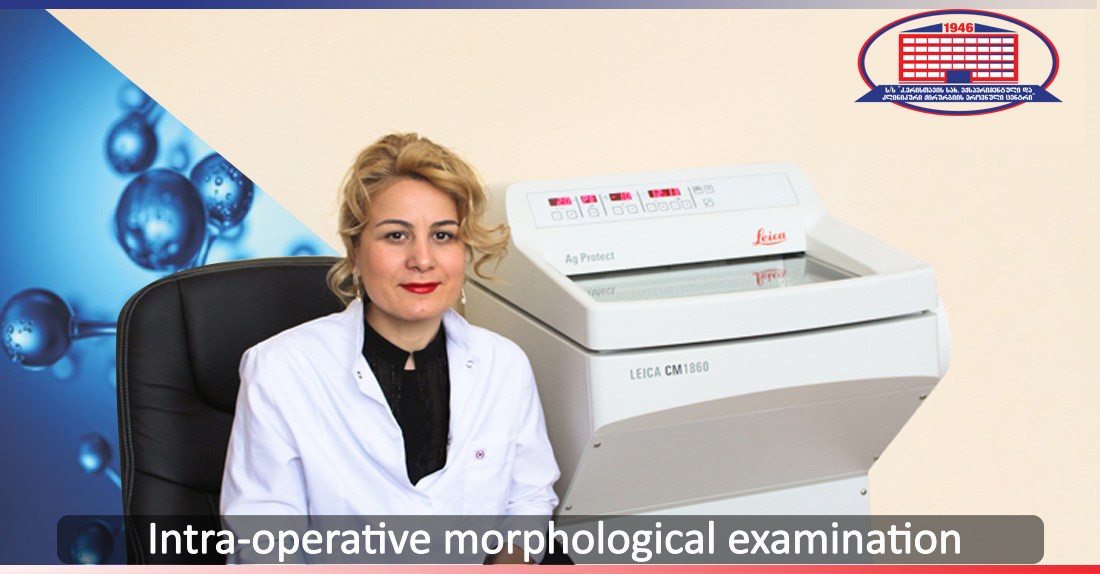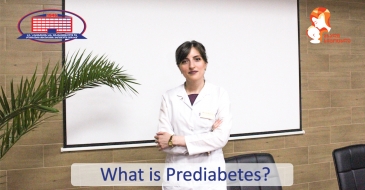
The medical institution is unimaginable without a morphological laboratory.
The purpose of the morphological service is the final verification of the diagnosis, which is conducted with the examination of the bioptic and operational materials on a tissue (histological), cellular (cytological) and molecular (immunohistochemical) level.
The final diagnosis was, is and will be morphological and that is an alphabetical truth – patient's treatment tactic, the prognosis is determined based on the morphological examination.
National Center of Surgery’s morphological laboratory has a long past, it functions since 1956.
In the clinic’s morphological laboratory material’s (bioptic, operational) scientific processing, cytological examinations take place.
In addition, the intra-operative study takes place in the laboratory and that's a foundation of treatment tactic determination.
National Center of Surgery’s clinical pathologist, doctor-anatomic pathologist, doctor of medicine, associate professor Nino Khvichia discusses the intra-operative study.
–Ms. Khvichia, What does intra-operative study mean and why is the intra-operative diagnostics important?
– The intra-operative study i.e. express diagnostics means the urgent morphological examination of the tissue that was removed in the process of the operation in order to finalize the diagnosis. Operative treatment tactic, scale and issue of organ saving are determined with the examination results. In some cases, it’s possible for the process to be benign. Subsequently, a frugal operation will take place.
–What steps are taken after the express diagnostics?
– After the express diagnostics, the planned examination of the operational materials is conducted without a doubt.
– When is there a need for an intra-operative study?
– The intra-operative study is conducted in cases when clinically diagnosis is unclear.
– From which organ is it possible to take materials for morphological diagnostics in the clinic?
– Express diagnostics can be performed on a tissue taken from any organ, but the bone. The mentioned method is frugal for the patient, due to the fact that in the case of benign cancer, only cancerous growth is removed, meaning organ is saved.
– How much time does it take to examine intra-operatively taken material?
– 20-30 minutes are intended for the examination.
– Which equipment is used for material’s examination?
– With the efforts of the heads of National Center of Surgery, the laboratory was equipped with company Leica’s ultramodern equipment that naturally determines the high quality of the studies.
National Center of Surgery address: Tbilisi, Dighomi, Chachava N5.
You may contact National Center of Surgery’s call-center at 577 119 119 or 2 02 25 25.
In case of any issues, you may contact National Center of Surgery’s doctor-anatomic pathologist, Nino Khvichia for consultation at 551 33 44 80.
Wish you health!







